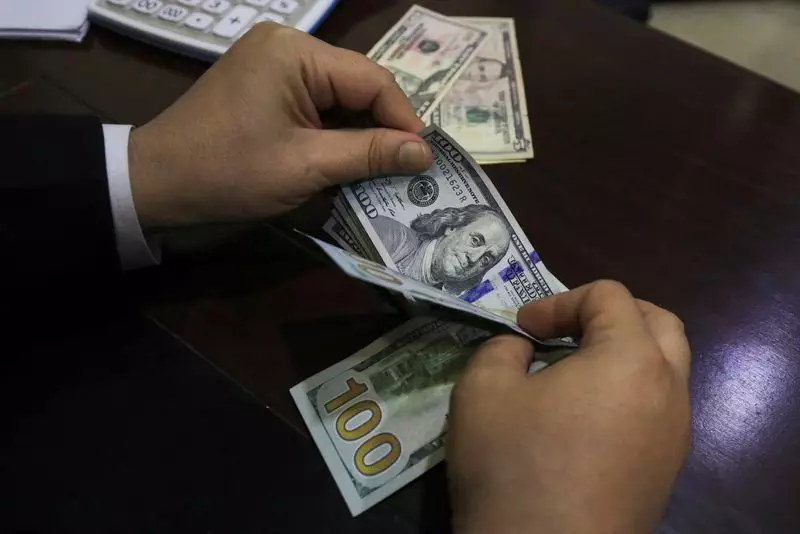The ongoing strength of the dollar has been a key point of focus in the recent global currency dynamics. The yen, in particular, has been struggling to maintain its value, with the threat of intervention from Japanese authorities looming large. The current exchange rate of 151.25 per dollar for the yen has raised concerns, especially as it hovers near a multi-decade low. Japanese officials have expressed their dissatisfaction with the yen’s weakness, citing that it does not align with underlying economic fundamentals. The fear of intervention has created a strong resistance level at 152 for the dollar/yen pair, deterring further significant upward movement.
The broader global rate outlook has played a significant role in shaping the recent performance of the dollar. Following a series of central bank meetings, expectations of a prolonged period of higher rates in the United States have bolstered the dollar’s position. In contrast, other major economies like the Eurozone and the UK are anticipated to ease rates in the near future. The euro and sterling have both faced downward pressure, with expectations of rate cuts weighing on market sentiment. The Federal Reserve’s stance on maintaining higher rates has diverged from its counterparts, leading to doubts about the initiation of a rate-cutting cycle.
The market response to the evolving currency dynamics has been mixed, with traders monitoring central bank communications and economic indicators closely. The dollar index, which tracks the value of the dollar against a basket of global currencies, recorded a modest increase, reflecting the ongoing dollar strength. On the other hand, currencies like the Australian dollar and the New Zealand dollar experienced slight declines, influenced by broader market trends and developments in the Chinese yuan. The weakening of the yuan and expectations of further monetary easing have added to the volatility in the currency markets, contributing to fluctuations in exchange rates.
Looking ahead, the outlook for global currency dynamics remains clouded by uncertainty, driven by diverging monetary policies and economic conditions across major economies. The potential for intervention by central banks to stabilize exchange rates adds another layer of complexity to the evolving currency landscape. Market participants will continue to monitor key economic data releases and central bank announcements for insights into future policy decisions. The interplay between interest rates, economic performance, and geopolitical developments will shape the trajectory of the dollar and other major currencies in the coming months.
The impact of global currency dynamics on the dollar is multi-faceted, influenced by a combination of economic fundamentals, central bank policies, and market sentiments. The interplay between various factors creates a dynamic environment for currency trading, with opportunities and risks for investors and traders alike. As global economic conditions evolve, the resilience of the dollar and the response of other major currencies will be closely scrutinized, shaping the future direction of the foreign exchange markets.

